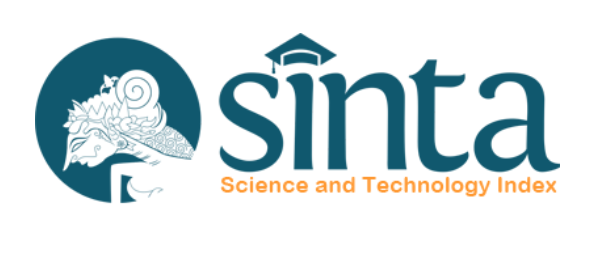Bridging the Gap: The Role of Apprenticeship Training Programs
DOI:
https://doi.org/10.12928/joves.v6i1.8006Keywords:
Apprenticeship, Training Programs, Vocational Education, skills gap, employabilityAbstract
This paper summarizes a study on the prospects and challenges of apprenticeship training programs for vocational students from schools in India. The study explores the current state of vocational education in India and the potential benefits of apprenticeship programs for students. It also discusses the challenges faced by the implementation of such programs, including the lack of coordination between educational institutions and industry, inadequate infrastructure, and inadequate regulatory framework. The study concludes that apprenticeship training programs have the potential to address the skills gap in India's workforce and improve the employability of vocational students, but significant efforts are needed to overcome the existing challenges and create a more supportive ecosystem for apprenticeship training programs in India.
References
ATP (2023) Apprenticeship Training Portal, Ministry of Skill Development and Entrepreneurship, Government of India. https://www.apprenticeship.gov.in/pages/Apprenticeship/home.aspx
FICCI (2023) Implementation of Apprenticeship in India: A Study https://ficci.in/spdocument/23143/Implementation-of-Apprenticeship-in-India.pdf
Gupta, R., & Dharap, O. (2022). How is India skilling its youth? A comprehensive study. Journal of Vocational Education & Training, 1-27.
MoE (2023) ICT Initiatives of Ministry of Education, Government of India. https://www.education.gov.in/en/ict-initiatives
NAPS (2023) Guidelines for Implementation of National Apprenticeship Promotion Scheme http://www.apprenticeship.gov.in/material/naps_guidelines.pdf
NATS (2023) National Apprenticeship Training Scheme, Instituted by Board of Apprenticeship Training / Practical Training, Ministry of Education, Government of India https://portal.mhrdnats.gov.in/boat/login/user_login.action
Naveen, H. M. (2022). UGC Guidelines for Synchronization of Apprenticeship/Internship in Degree Programmes of HEIs. International Journal of Scientific Research in Computer Science, Engineering and Information Technology, 8(01), 180-186.
The Apprentices Act, 1961. https://www.apprenticeship.gov.in/Material/ApprenticesAct1961.pdf
World Bank Report (2020) Possible Futures for the Indian Apprenticeship System Options Paper for India, International Labour Office, New Delhi, India. https://www.ilo.org/wcmsp5/groups/public/---asia/---ro-bangkok/---sro-new_delhi/documents/publication/wcms_234727.pAchruh, A. (2019). Curiculum development components and models. Education Inspiring journal, 8(1), 1-9.
Downloads
Published
Issue
Section
License
Copyright (c) 2023 Universitas Ahmad Dahlan

This work is licensed under a Creative Commons Attribution-ShareAlike 4.0 International License.
Authors who publish with Journal of Vocational Education Studies (JOVES) agree to the following terms: Authors retain the copyright and grant the Universitas Ahmad Dahlan right of first publication with the work simultaneously licensed under a Creative Commons Attribution License (CC BY-SA 4.0) that allows others to share (copy and redistribute the material in any medium or format) and adapt (remix, transform, and build upon the material) the work for any purpose, even commercially with an acknowledgement of the work's authorship and initial publication in Universitas Ahmad Dahlan. Authors are able to enter into separate, additional contractual arrangements for the non-exclusive distribution of the journal's published version of the work (e.g., post it to an institutional repository or publish it in a book), with an acknowledgement of its initial publication in Universitas Ahmad Dahlan. Authors are permitted and encouraged to post their work online (e.g., in institutional repositories or on their website) prior to and during the submission process, as it can lead to productive exchanges, as well as earlier and greater citation of published work (See The Effect of Open Access).










.png)



